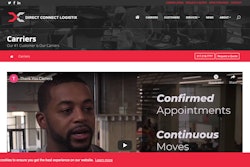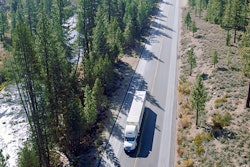In recent years, our industry has changed quite a bit with new regulations, new technologies, changes in freight flows and changes in response to the coronavirus pandemic. You’ve seen plenty of headlines on the driver shortage, equipment shortages and inflation. You’ve likely also seen headlines about exciting innovations in areas like autonomous trucks and alternative energy trucks.
Amid these high-profile disruptions, some significant grassroots changes have been overlooked. Have you noticed the huge increase in the number of independent truckers operating under their own authority? What’s going on with the big increase in the number of trailers? Have you heard about OTR truckload carriers paying their drivers by the hour, or even on salary?
In the past three years, FMCSA reports that the number of for-hire interstate carriers with a single truck has increased by 135,000 trucks (77%). In 2021 alone, the number increased by 85,000 trucks (39%).
By comparison, among the eight public truckload carriers that report the number of trucks in their fleet, there are only 51,000 trucks, and their truck count decreased slightly last year.
Skyrocketing spot market rates surely play an essential role in motivating individuals to take the leap away from the security of a company driving position to the risk and rewards of operating under their own authority. Company driver pay per mile has increased significantly recently, but not nearly as much as spot market rates.
But I think there’s more to this. While big carriers are consolidating, one-truck carriers are multiplying like rabbits. A lot of people prefer the freedom and independence of being their own boss. Look at the growth in the number of people driving for Uber, Lyft, DoorDash, Grubhub, and others. Trucking is not isolated from these market forces and worker preferences. For years now, companies have been striving to build apps to become the “Uber for Trucking.” It’s working. They’re succeeding.
What does this mean for trucking? Is it possible that the future of trucking could look like the lodging industry? Airbnb and Vrbo didn’t put Marriott and Hyatt out of business, but they are formidable competitors and are here to stay. Will the same be said of these one-truck companies fueled by “Uber for trucking” apps?









